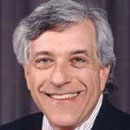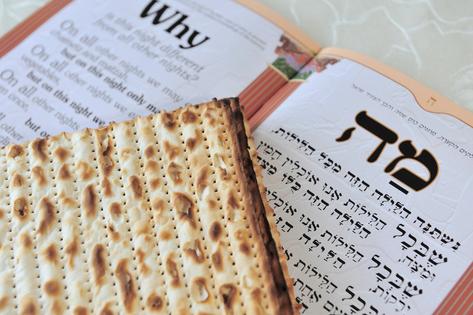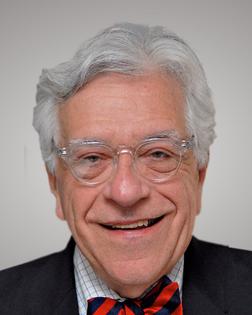The God Squad: Passover
This week’s column is about what it means to eat a meal for God. Next week, we will focus on Easter and ask what it means to eat a meal of God.
When Father Tom Hartman was alive, he would write the Passover column and I would write the Easter column. It was our way of proving and sustaining the mission statement of the God Squad that, “We know enough about how we are different but not nearly enough about how we are all the same.”
Now I am all alone to do his work and sustain his memory. We met at News 12 Long Island on Passover/Easter 1987 and this time is filled with his soul and his smile for me.
Both the similarities and the differences of Passover and Easter are profound, and we must understand them not only to understand each other’s way up the same mountain to God, which is critical for both Christians and Jews, but to understand what it means to be human in a broken world. This is important for all human beings living with or without organized religion as best we can here on planet earth.
Both Passover and Easter bring our families together. This was always important, but never more so than right now. COVID-19 has robbed us of family holiday dinners. Last year, I connected our family for the Passover Seder meal via Zoom. It was great to include far-flung family that never could have made it to our home in the old normal times, but it was painful to not be able to touch and hug and kiss and clean the kitchen together. Families cannot thrive electronically. Families thrive around the holiday table. I pray that this year we will be able to touch each other again.
The Seder meal, which precedes the actual meal, is a form of teaching and praying, as well as eating. Each of the ritualized foods of the Passover Seder is a teaching.
Dipping greens called karpas into salt water combines the despairing symbolism of the tears of slaves with the hopeful symbolism of the new growth of springtime.
The mixed apples and wine and spices called haroset symbolizes the mortar used to cement the bricks of pharaoh’s monuments and the horseradish root includes once again the bitter taste of being owned.
Together these ritual foods of the Seder meal teach us that in life bitter and sweet, good and evil, despair and hope, burdens and blessings are always mixed.
Bread is life but matzah, the Passover bread, is different. It is unleavened and flat and unseasoned. Matzah was the bread of escape from bondage that did not have enough time to rise. Leavening is also a symbol of arrogance (puffery) and so the unleavened matzah is a symbol of humility. We take for granted so much and so eating this bread reminds us to give thanks for the least of our blessings. This is the only way to train ourselves to give thanks for the greatest of our blessings.
...continued
(c) 2021 THE GOD SQUAD DISTRIBUTED BY TRIBUNE MEDIA SERVICES, INC.










